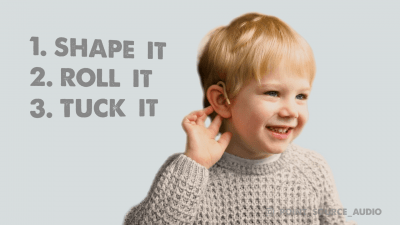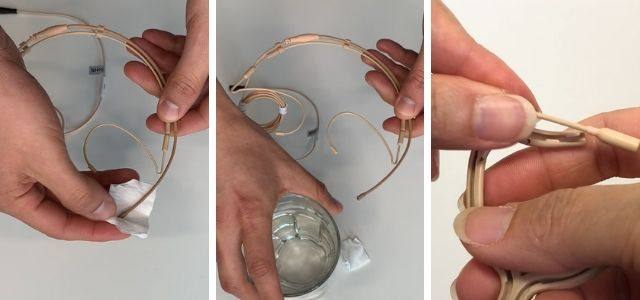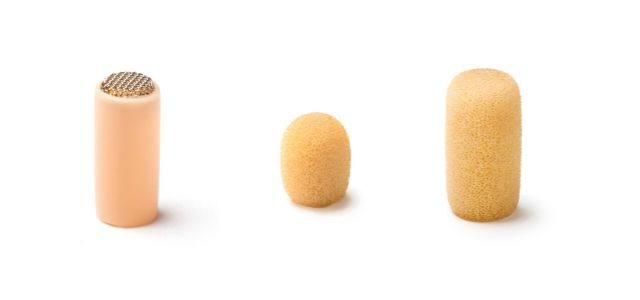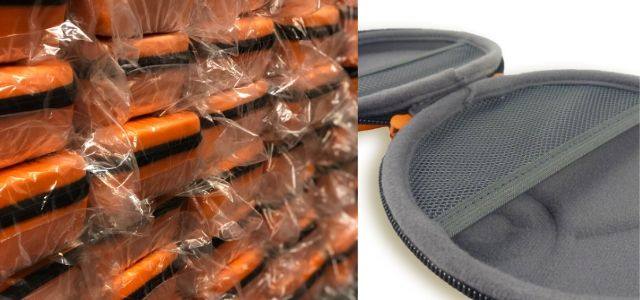How to Clean Your Dirty Microphone
Use 70% isopropyl alcohol to disinfect your microphones to rid germs and dirt
Cleaning your microphone is necessary to avoid spreading germs that may live on the mic or windscreen, but also when makeup or tape residue start to build up and adhere to the boom. Cleaning helps with hygiene, aesthetics and is also more comfortable for the user.

Disinfecting microphones completely (with ease)
Small electronics like microphones have some inaccessible places where germs can hide, which are difficult to clean without damaging the mic. But there are some precautions that you can take to reduce the risk of spreading anything around.
Point Source Audio headset and lavalier microphones can be cleaned from element to connector using 70% isopropyl alcohol as recommended by the Center for Disease Control (CDC) for disinfecting electronics. Here are some tips for handling Point Source microphones. Be aware that our CO-8W omni mics are IP 57 waterproof rated, and that these practices may not apply to all mics so do check with each manufacturer.
1. WIPE down mic booms and cables with 70% isopropyl alcohol
Wipe down the entire mic boom and cable with an alcohol wipe, spending extra effort on areas with extra build-up. Take care to not let the element get wet if the product is not rated as waterproof. Dampening a soft cloth with 70% isopropyl alcohol will work too. Gently separate small parts of the microphone to get at all the crevices.

2. WASH (if waterproof) to clean small areas
Use WATER and some soap to clean the difficult areas that may be too small to get to with a wipe…like the opening of the mic aperture (only if waterproof). Makeup can build up in the element aperture reducing high-frequency performance. You may also dip the waterproof element into the alcohol, shake off and then allow to dry while hanging upside down. Do NOT use a pin, compressed air, paperclips are anything else to clean this out. Our CO-8W products are waterproof (look for the “W” in the part no.) and can be cleaned further by putting these into a sonic bath for about 2-3 minutes to dislodge dirt, dust and makeup that may build up on the mic aperture. Do not submerse the CR-8 cardioid element as these elements are not waterproof. Always contact the manufacturer for suggestions on how to clear any foreign objects blocking the element.
Sanitize or change WINDSCREENS

Sanitize or change WINDSCREENS after each use. Foam pop filters will stay moist (yuk!) and be a breeding ground for bacteria. Remove windscreens after every use and clean by giving them a soak with soap and water. Let them air dry only. Small foam windscreens are delicate by nature and will degrade more easily over time. Choose a plastic windscreen cap for omnidirectional lavaliers.
3. WRAP your mics individually

There’s a final step to keep that clean on your mic. Post sanitizing, store them away from other microphones by wrapping each in a sealed bag or a personalized storage case to keep them pristine for the next use or user.
Stay safe! A clean and well cared for mic protects the microphone, you and others.
